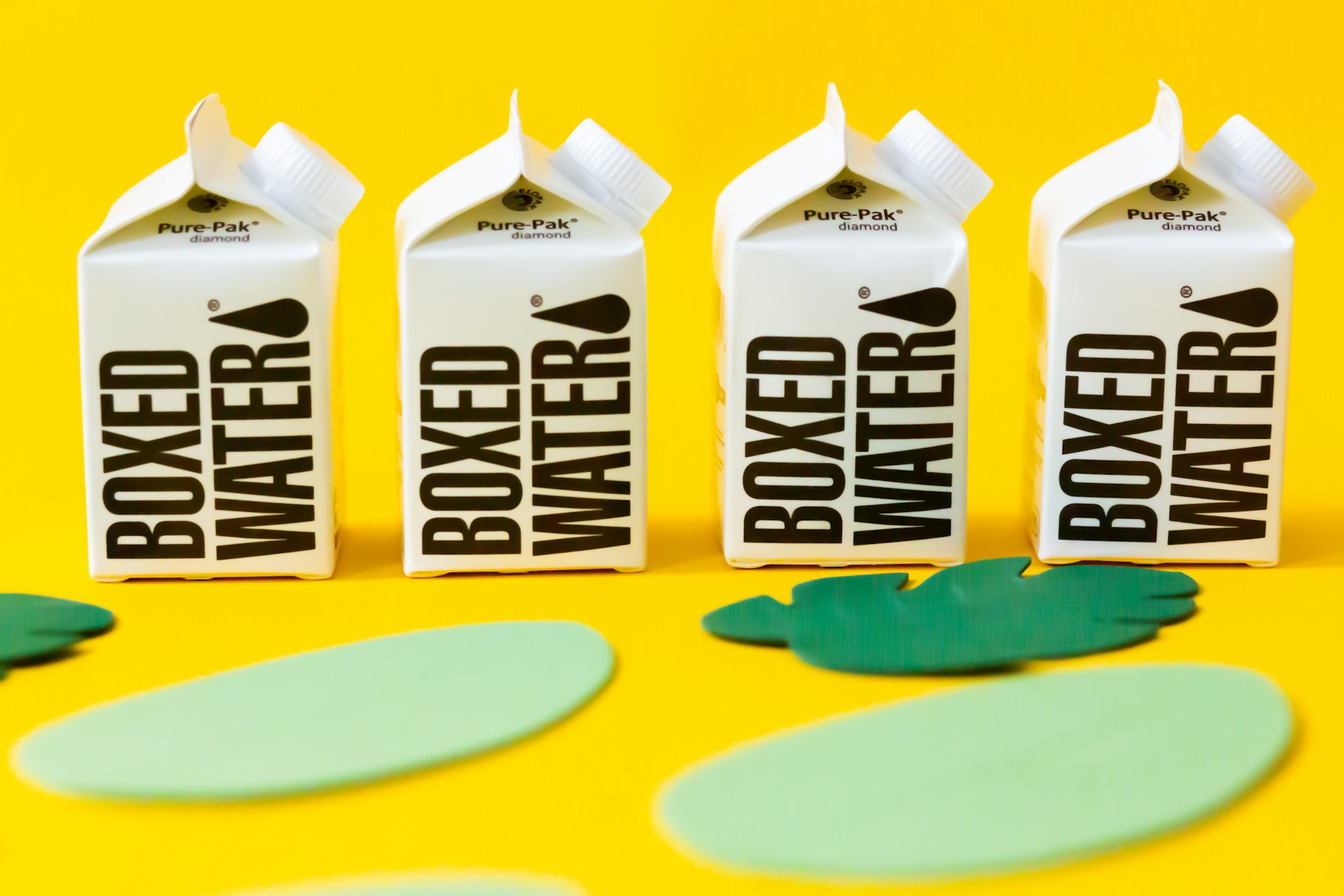In the competitive landscape of products and brands, standing out is not just about the quality of what you offer but also about how it’s presented. The concept of a “product dress code” plays a pivotal role in ensuring your products not only meet the functional expectations of your customers but also communicate your brand’s identity consistently and effectively. Collaborating with a creative agency can be a game-changer in this process. Here’s how to tackle product dress code design with your agency:
Understanding the Importance of Product Dress Code
A product dress code is the set of design standards your products adhere to, reflecting your brand’s identity through colors, typography, materials, and overall aesthetics. It’s what makes your product instantly recognizable and ensures a consistent brand experience across all customer touchpoints. Establishing a clear product dress code can enhance brand loyalty, create a strong brand image, and differentiate your products in the market.
The concepts of a “design dress code” and “design language” are closely related, both playing crucial roles in the formation and communication of a brand’s or product’s identity. While they share similarities, they cater to slightly different aspects of design and branding. Here’s how they relate to each other:
Design Dress Code
A design dress code refers to the specific guidelines and brand standards for the appearance of a product or series of products. It encompasses the visual elements found during the audit process such as color schemes, typography, materials, finishes, and logo placement. The design dress code ensures that every product or touchpoint from a brand consistently reflects its identity and values. It’s like a uniform that products wear to visually communicate their affiliation with the brand.
Design Language
Design language, on the other hand, is a broader concept that encompasses the design dress code but extends further into the overall aesthetic and functional design principles that a brand adheres to. It includes the shapes, forms, and patterns used in product design, as well as the user experience and interaction design principles. A design language creates a cohesive look and feel across all of a brand’s products and services, ensuring that they are not only recognizable but also intuitive and accessible to users.

Their Relationship
- Foundation vs. Application: The design language serves as the foundational set of principles and elements that define a brand’s or product’s overall aesthetic and functional identity. The design dress code, in contrast, applies these principles more specifically to ensure visual and aesthetic consistency across products.
- Consistency and Cohesiveness: Both aim to establish consistency and cohesiveness across a brand’s offerings. The design language ensures that products are not only consistent in their look and feel but also in how they function and are experienced by users. The design dress code makes sure that this consistency is visually apparent.
- Brand Identity and Recognition: Together, they are crucial for building a strong brand identity and ensuring brand recognition. The design language communicates the brand’s ethos and approach to design, making it a fundamental part of the brand’s identity. The design dress code ensures that this identity is consistently reflected across all products, reinforcing the brand’s image in the minds of consumers.
- Adaptability and Evolution: Both need to be adaptable and evolve over time. As brands grow and markets change, the design language may evolve to reflect new directions in design thinking or user experience philosophy. The design dress code will adapt accordingly to maintain consistency with the updated design language.

In essence, the design language defines the overarching aesthetic and functional ethos of a brand or product line, while the design dress code ensures that specific products faithfully represent this ethos in their visual presentation. Together, they create a seamless and unified brand experience that is both distinctive and memorable.
Design systems play a pivotal role in harmonizing the concepts of design dress codes, design language, and the overarching brand identity, serving as the comprehensive framework that interlocks these elements. At its core, a design system is an assemblage of reusable components, guided by clear standards, that can be assembled together to build any number of applications or products. It extends beyond just the visual aspects to include coding standards, design principles, and user interaction patterns, effectively becoming the single source of truth for product teams. This system ensures consistency and efficiency in design and development, allowing teams to create a cohesive user experience across all platforms and touchpoints. By incorporating both the design language and dress code into its framework, a design system operationalizes these concepts, making it easier for design and development teams to apply them uniformly.
The integration of design language and dress code into design systems enables brands to maintain a consistent identity and user experience, which is crucial in a fragmented digital landscape. The design language informs the system’s foundational elements, such as grid layouts, typography, color palettes, and interactive elements, ensuring that the brand’s ethos and aesthetic preferences are embedded in the design process from the start. Meanwhile, the design dress code translates into specific guidelines and patterns within the system, directing the application of these elements across different products and platforms. This seamless interlock ensures that every product iteration, from initial concept to final release, aligns with the brand’s identity, enhancing brand recognition and customer loyalty. Through this comprehensive approach, design systems not only streamline product development but also embody and perpetuate the brand’s values and vision, ensuring a consistent and engaging user experience.

Steps to Tackle Product Dress Code Design with an Agency
1. Define Your Brand Identity
Before diving into the specifics of product design, it’s crucial to have a solid understanding of your brand identity. This includes your brand’s mission, values, personality, and target audience. An agency can help articulate these elements into a coherent brand identity that will serve as the foundation for your product dress code.
2. Conduct a Market Analysis
Understanding the market landscape and where your brand fits within it is essential. Your agency can perform a competitive analysis to identify trends, opportunities, and gaps in the market. This analysis will inform the design process, ensuring your product dress code not only aligns with your brand identity but also resonates with your target audience.
3. Develop a Comprehensive Design Strategy
With a clear brand identity and market understanding, the next step is to develop a design strategy. This strategy should outline the key elements of your product dress code, including color schemes, typography, materials, logo usage, packaging, and any other visual components. Your agency will work closely with you to ensure this strategy reflects your brand’s essence and appeals to your target market.
4. Implement and Refine
After establishing the design strategy, your agency will start the implementation process. This involves creating prototypes, designing packaging, and applying the product dress code across all relevant product lines. It’s a collaborative process that may require refining and tweaking the designs to perfectly match your vision and objectives.
5. Ensure Consistency Across All Touchpoints
Consistency is key to a successful product dress code. Your agency should help ensure that every product and its packaging are consistent with the established design standards. This also extends to digital assets, marketing materials, and any other customer touchpoints.
6. Gather Feedback and Iterate
After launching your newly designed products, gathering feedback from customers and stakeholders is crucial. Use this feedback to make informed adjustments to your product dress code. An agency can help analyze this feedback and iterate on the design to better meet customer expectations and enhance brand alignment.
Conclusion
Tackling product dress code design with an agency offers a structured and professional approach to creating a cohesive and appealing product line that reflects your brand identity. By partnering with an experienced design agency, you can navigate the complexities of product design, ensuring that your products stand out in a crowded marketplace and resonate with your target audience.
Elevate Your Brand with ArtVersion’s Expertise in Brand Dress Code and Design Language
Crafting a distinctive brand identity requires a nuanced approach to brand dress code and design language, elements that are pivotal in communicating your brand’s ethos and engaging your audience. ArtVersion is at the forefront of defining and implementing these crucial brand elements, ensuring they resonate with your audience and differentiate you in the marketplace. Our expertise in brand dress code involves a strategic selection of colors, typography, imagery, and overall visual style that aligns with your brand’s core values and messaging, creating a consistent and memorable experience across all touchpoints.
Similarly, our approach to your brand’s design language focuses on creating a unique visual vocabulary that speaks directly to your target audience, fostering a deep connection and recognition. From the initial brand strategy to the execution of design across digital and print mediums, ArtVersion collaborates with you to craft a cohesive and impactful brand presence.
Connect with ArtVersion today to explore how we can help refresh your brand’s dress code and design language. Let our team of creative experts guide you through the process of creating a compelling, coherent brand identity that not only stands out but also stands for something meaningful.
Contact us to learn more about our branding services and how we can assist in developing a distinctive brand dress code and design language tailored to your brand’s unique story. Let’s bring your brand vision to life, together.









